-
 bitcoin
bitcoin $114206.058833 USD
-0.82% -
 ethereum
ethereum $4129.796871 USD
-1.31% -
 tether
tether $0.999964 USD
0.00% -
 xrp
xrp $2.640265 USD
-0.68% -
 bnb
bnb $1141.700384 USD
-0.18% -
 solana
solana $200.380665 USD
-2.05% -
 usd-coin
usd-coin $0.999888 USD
0.01% -
 dogecoin
dogecoin $0.200706 USD
-3.43% -
 tron
tron $0.299112 USD
-0.60% -
 cardano
cardano $0.668491 USD
-2.72% -
 hyperliquid
hyperliquid $46.924669 USD
-2.72% -
 chainlink
chainlink $18.286013 USD
-2.66% -
 bitcoin-cash
bitcoin-cash $555.734639 USD
-0.58% -
 stellar
stellar $0.323999 USD
-2.74% -
 ethena-usde
ethena-usde $0.999169 USD
0.00%
How to Trade with the Keltner Channel Indicator on the Ethereum (ETH) Chart
The Keltner Channel helps Ethereum traders identify volatility, breakouts, and trend reversals by using EMA and ATR-based bands, best combined with RSI or MACD for confirmation.
Oct 28, 2025 at 08:54 am

Understanding the Keltner Channel in Ethereum Trading
1. The Keltner Channel is a volatility-based technical indicator that consists of three lines: an exponential moving average (EMA) in the middle, and upper and lower bands calculated using the Average True Range (ATR). These bands expand and contract based on market volatility, making them particularly useful for identifying potential breakouts or reversals on the Ethereum chart.
2. Traders apply the Keltner Channel to ETH/USD price charts across various timeframes, from 1-hour to daily candles. The default settings often include a 20-period EMA and an ATR multiplier of 1.5, but adjustments can be made depending on trading style and market conditions.
3. When the price of Ethereum moves toward the upper band, it may signal overbought conditions, especially if accompanied by high volume or bearish candlestick patterns. Conversely, when the price approaches the lower band, oversold conditions could be forming, potentially indicating a buying opportunity.
4. One of the primary advantages of the Keltner Channel is its responsiveness to sudden shifts in volatility. During periods of consolidation, the bands narrow, suggesting reduced momentum. A sharp expansion often precedes strong directional moves, which active traders can exploit.
5. The Keltner Channel works best when combined with other indicators such as RSI or MACD to confirm signals and avoid false breakouts, especially in choppy markets where Ethereum tends to range.
Identifying Breakouts and Trend Continuations
1. A breakout above the upper Keltner band on the Ethereum chart can indicate the start of a bullish trend, particularly if the move is supported by increasing trading volume. Traders watch for sustained closes outside the band as confirmation before entering long positions.
2. Similarly, a drop below the lower band might suggest accelerating bearish momentum. In trending markets, these breaches can mark the beginning of extended downside moves, offering shorting opportunities for experienced traders.
3. However, not all breakouts lead to sustained trends. False breakouts occur frequently during low-volume periods or ahead of major news events. To filter noise, traders analyze whether the closing price remains beyond the band for two or more consecutive candles.
4. In a strong uptrend, Ethereum’s price often rides along the upper band, using it as dynamic support. This behavior reflects consistent bullish pressure and can be used to hold or add to existing long positions.
5. When the price repeatedly touches one band without breaking the opposite side, it signifies a healthy trend. Deviations from this pattern, such as sudden reversals into the channel, may warn of weakening momentum.
Using the Keltner Channel for Entry and Exit Points
1. A common strategy involves entering a long trade when Ethereum bounces off the lower band with confirming bullish candlesticks like hammers or engulfing patterns. Volume should ideally rise to validate the reversal.
2. For exits, traders often target the middle EMA line or the upper band as initial profit zones. Scaling out at these levels helps lock in gains while allowing partial positions to run if momentum continues.
3. Short entries are considered when the price rejects the upper band and forms bearish reversal patterns. Stop-loss orders are typically placed just above the recent swing high to manage risk.
4. The middle line of the Keltner Channel acts as intraday support in uptrends and resistance in downtrends. Price reactions at this level can help determine whether a pullback is temporary or a sign of trend exhaustion.
5. Trailing stops aligned with the opposite band or the middle EMA allow traders to capture extended moves while protecting profits during sudden reversals in volatile ETH markets.
Frequently Asked Questions
What is the ideal timeframe to use the Keltner Channel for Ethereum trading?The 4-hour and daily charts provide reliable signals for swing traders, while scalpers may prefer the 15-minute or 1-hour frames. Higher timeframes reduce noise and increase the accuracy of breakout signals.
Can the Keltner Channel be used alone for trading decisions?While it offers valuable insights into volatility and price extremes, relying solely on the Keltner Channel increases the risk of false signals. Combining it with volume analysis and momentum oscillators improves decision-making.
How does the ATR multiplier affect the Keltner Channel on ETH?A higher multiplier, such as 2.0, widens the bands and reduces sensitivity, making it suitable for volatile assets like Ethereum. A lower value, like 1.0, creates tighter bands that generate more frequent signals but also more whipsaws.
Does the Keltner Channel work during sideways markets?It can highlight range boundaries effectively, but sideways conditions often result in repeated touches of both bands without clear follow-through. Traders should exercise caution and avoid aggressive positioning until a breakout is confirmed.
Disclaimer:info@kdj.com
The information provided is not trading advice. kdj.com does not assume any responsibility for any investments made based on the information provided in this article. Cryptocurrencies are highly volatile and it is highly recommended that you invest with caution after thorough research!
If you believe that the content used on this website infringes your copyright, please contact us immediately (info@kdj.com) and we will delete it promptly.
- Essex Post Office, 5p Coins, and King Charles: A Royal Mint Revelation!
- 2025-10-23 10:30:16
- Waymo's Newark Airport AV Tests: Alphabet's AI Gamble Pays Off?
- 2025-10-23 10:30:16
- King Charles 5p Coins: A Royal Flush in Your Pocket?
- 2025-10-23 10:35:18
- Solana, Crypto Advisory, and Forward Industries: A New York Minute on the Future of Finance
- 2025-10-23 08:51:22
- MAGACOIN: Ethereum Whales Dive into the Hottest Presale of 2025
- 2025-10-23 08:51:22
- Kadena's End of the Road? KDA Token Plummets Amid Project Abandonment
- 2025-10-23 08:55:34
Related knowledge
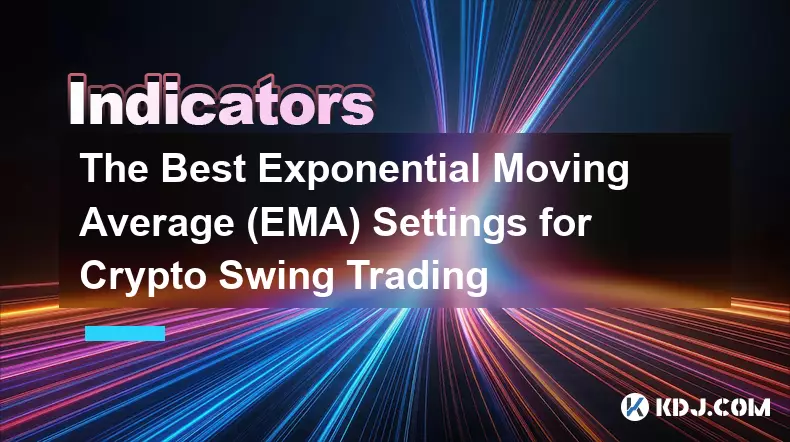
The Best Exponential Moving Average (EMA) Settings for Crypto Swing Trading
Oct 25,2025 at 04:55pm
The Best Exponential Moving Average (EMA) Settings for Crypto Swing TradingSwing trading in the cryptocurrency market relies heavily on identifying tr...
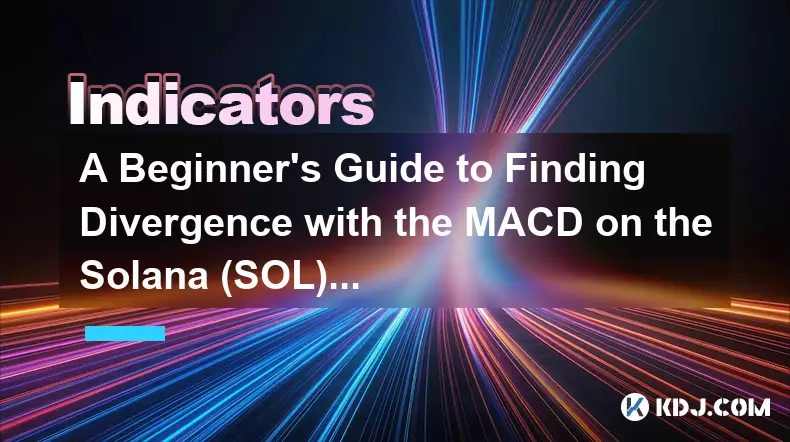
A Beginner's Guide to Finding Divergence with the MACD on the Solana (SOL) Chart
Oct 26,2025 at 12:36pm
Understanding MACD and Its Role in Solana Trading1. The Moving Average Convergence Divergence (MACD) is a momentum indicator widely used in cryptocurr...
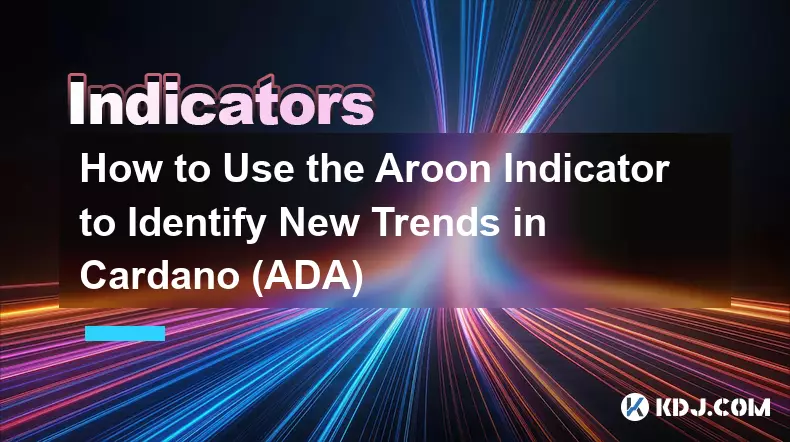
How to Use the Aroon Indicator to Identify New Trends in Cardano (ADA)
Oct 26,2025 at 10:18pm
Understanding the Aroon Indicator in Cryptocurrency Trading1. The Aroon indicator is a technical analysis tool designed to identify whether an asset i...
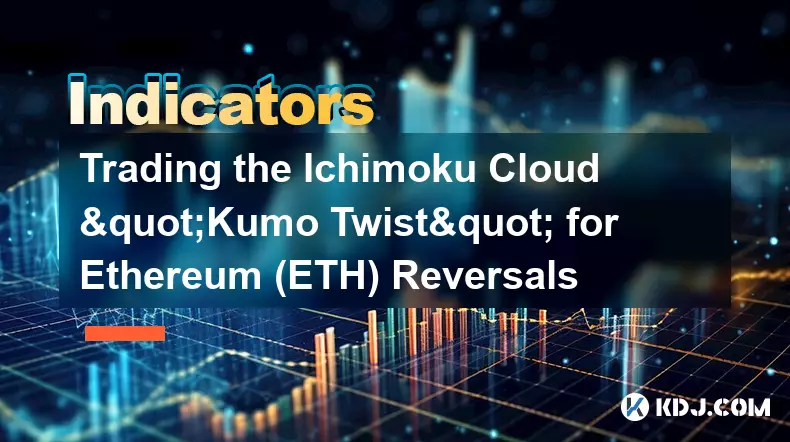
Trading the Ichimoku Cloud "Kumo Twist" for Ethereum (ETH) Reversals
Oct 27,2025 at 01:54am
Understanding the Ichimoku Cloud and Its Components1. The Ichimoku Cloud, also known as Ichimoku Kinko Hyo, is a comprehensive technical analysis tool...
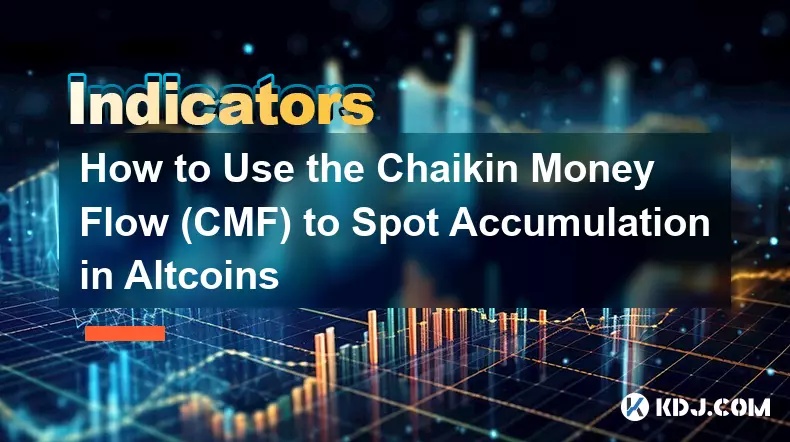
How to Use the Chaikin Money Flow (CMF) to Spot Accumulation in Altcoins
Oct 25,2025 at 08:18pm
Understanding Chaikin Money Flow in the Context of Altcoin Markets1. The Chaikin Money Flow (CMF) is a technical indicator developed by Marc Chaikin t...

How to Trade with the Keltner Channel Indicator on the Ethereum (ETH) Chart
Oct 28,2025 at 08:54am
Understanding the Keltner Channel in Ethereum Trading1. The Keltner Channel is a volatility-based technical indicator that consists of three lines: an...

The Best Exponential Moving Average (EMA) Settings for Crypto Swing Trading
Oct 25,2025 at 04:55pm
The Best Exponential Moving Average (EMA) Settings for Crypto Swing TradingSwing trading in the cryptocurrency market relies heavily on identifying tr...

A Beginner's Guide to Finding Divergence with the MACD on the Solana (SOL) Chart
Oct 26,2025 at 12:36pm
Understanding MACD and Its Role in Solana Trading1. The Moving Average Convergence Divergence (MACD) is a momentum indicator widely used in cryptocurr...

How to Use the Aroon Indicator to Identify New Trends in Cardano (ADA)
Oct 26,2025 at 10:18pm
Understanding the Aroon Indicator in Cryptocurrency Trading1. The Aroon indicator is a technical analysis tool designed to identify whether an asset i...

Trading the Ichimoku Cloud "Kumo Twist" for Ethereum (ETH) Reversals
Oct 27,2025 at 01:54am
Understanding the Ichimoku Cloud and Its Components1. The Ichimoku Cloud, also known as Ichimoku Kinko Hyo, is a comprehensive technical analysis tool...

How to Use the Chaikin Money Flow (CMF) to Spot Accumulation in Altcoins
Oct 25,2025 at 08:18pm
Understanding Chaikin Money Flow in the Context of Altcoin Markets1. The Chaikin Money Flow (CMF) is a technical indicator developed by Marc Chaikin t...

How to Trade with the Keltner Channel Indicator on the Ethereum (ETH) Chart
Oct 28,2025 at 08:54am
Understanding the Keltner Channel in Ethereum Trading1. The Keltner Channel is a volatility-based technical indicator that consists of three lines: an...
See all articles










































































